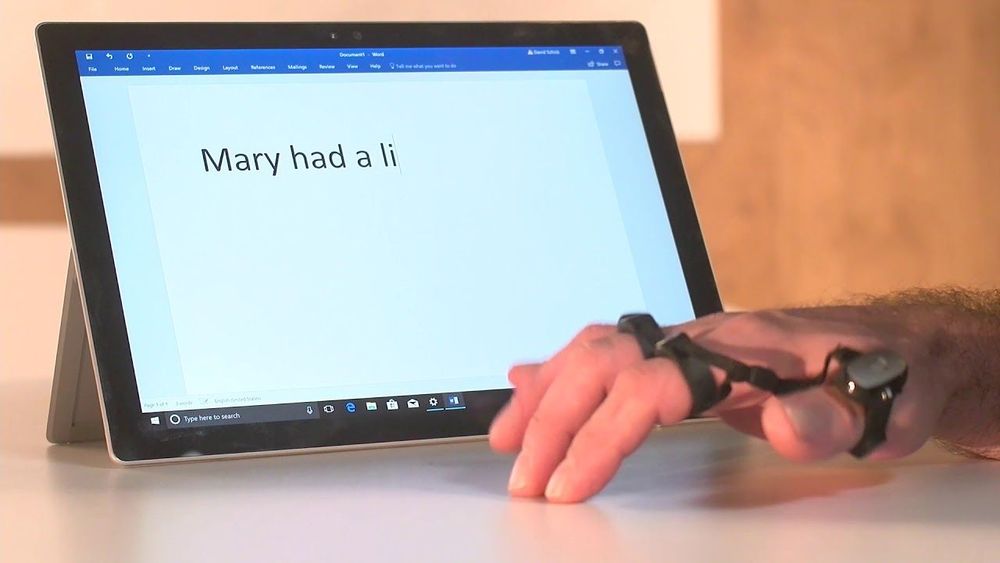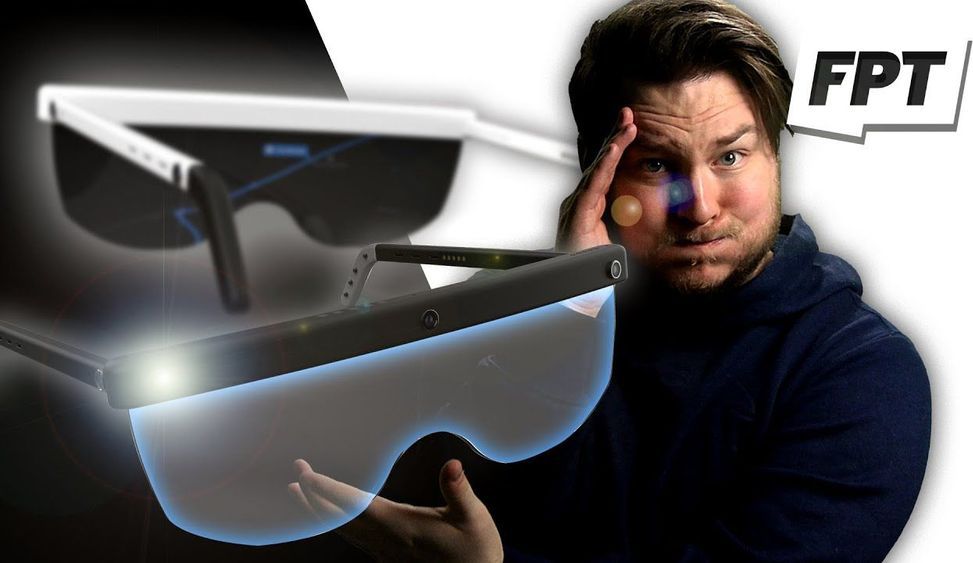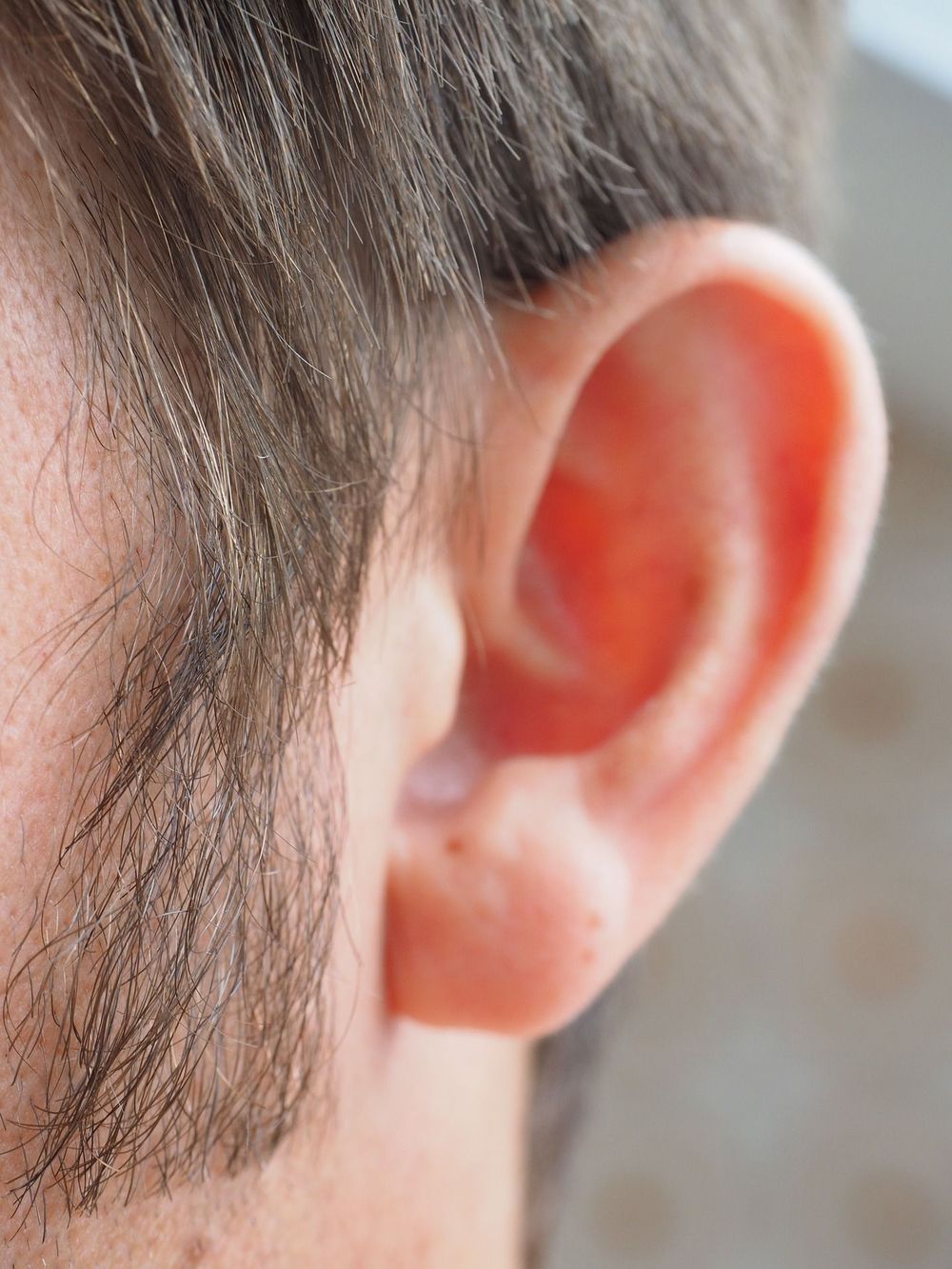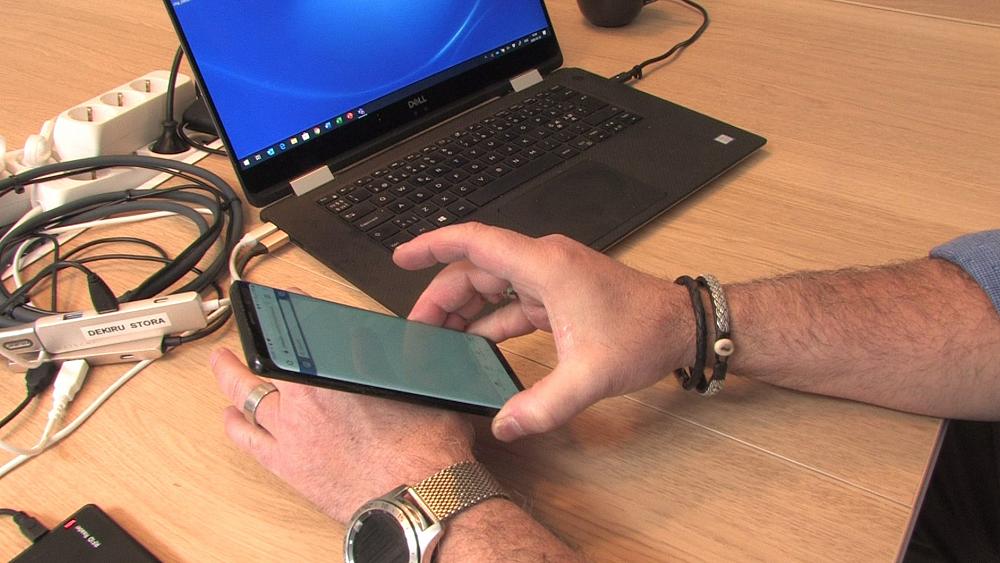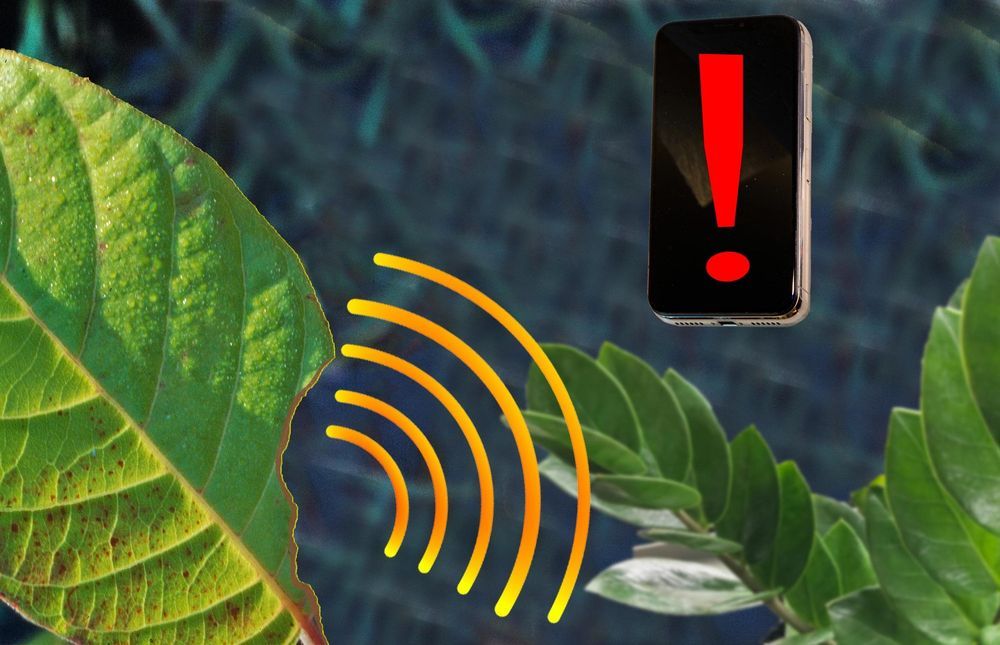How will we interact with our electronic #devices in the #future? https://bit.ly/2Tm59F6
Touchscreens, keyboards and mice are the three dominant ways for us to interact with our devices in modern times. However, with the development of some new technologies (including #VoiceControl, #BrainComputerInterface, #brainwaves control, #gesture control, muscular signals interpretation and so forth), many start to ask: What will be the next way for us to talk to our machines?
In this article, we will first introduce some potential alternatives of touchscreens, keyboards and mice. Then, a picture about what a future device should be like will be provided.
#technology #innovation #ConsumerElectronics
Smartphone is arguably one of the most successful electronic devices in modern times, and it should be safe to say that its triumph has a lot to do with the appearance of the first iPhone announced on June 29, 2007, in which the way how people interact with their mobile devices has been completely reinvented. As a matter of fact, such way based on our index finger and a touchscreen is so intuitive and works so efficiently that the design of the smartphones today remains essentially unchanged – a thin and tiny rectangular pad with most of its area covered by a touchscreen.
